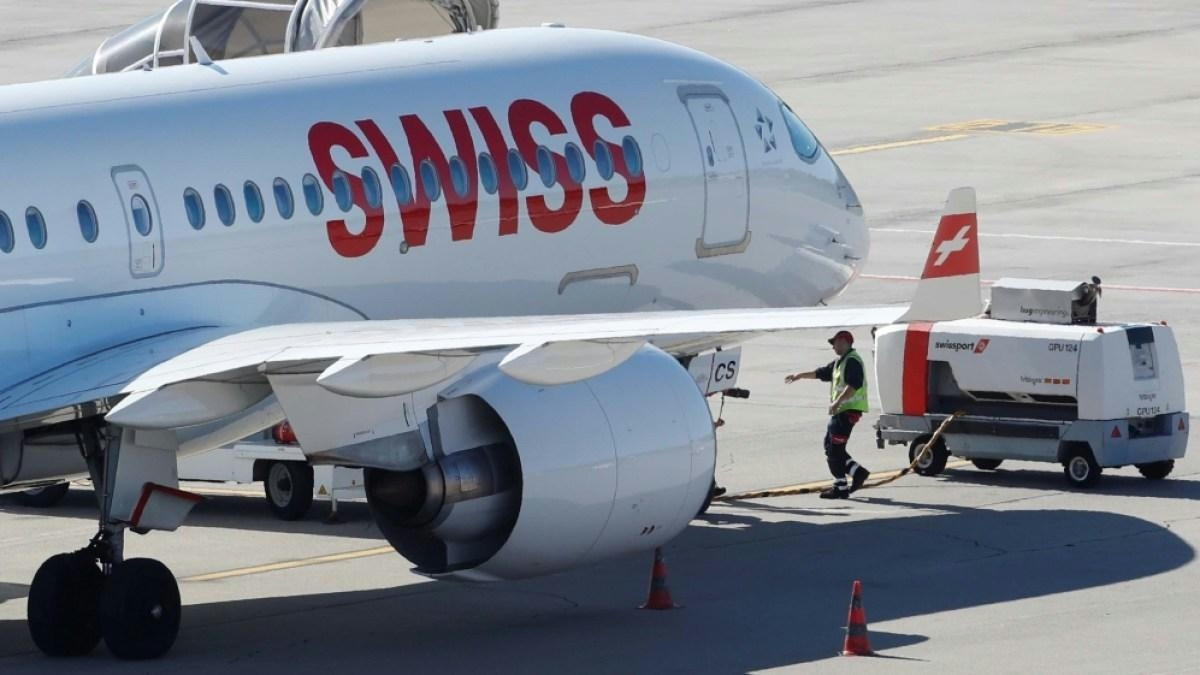
AeroGenie: il tuo copilota intelligente.
Tendenze
Categories
NASA Conducts Drop Test of Air Taxi Model to Evaluate Safety and Inform Standards
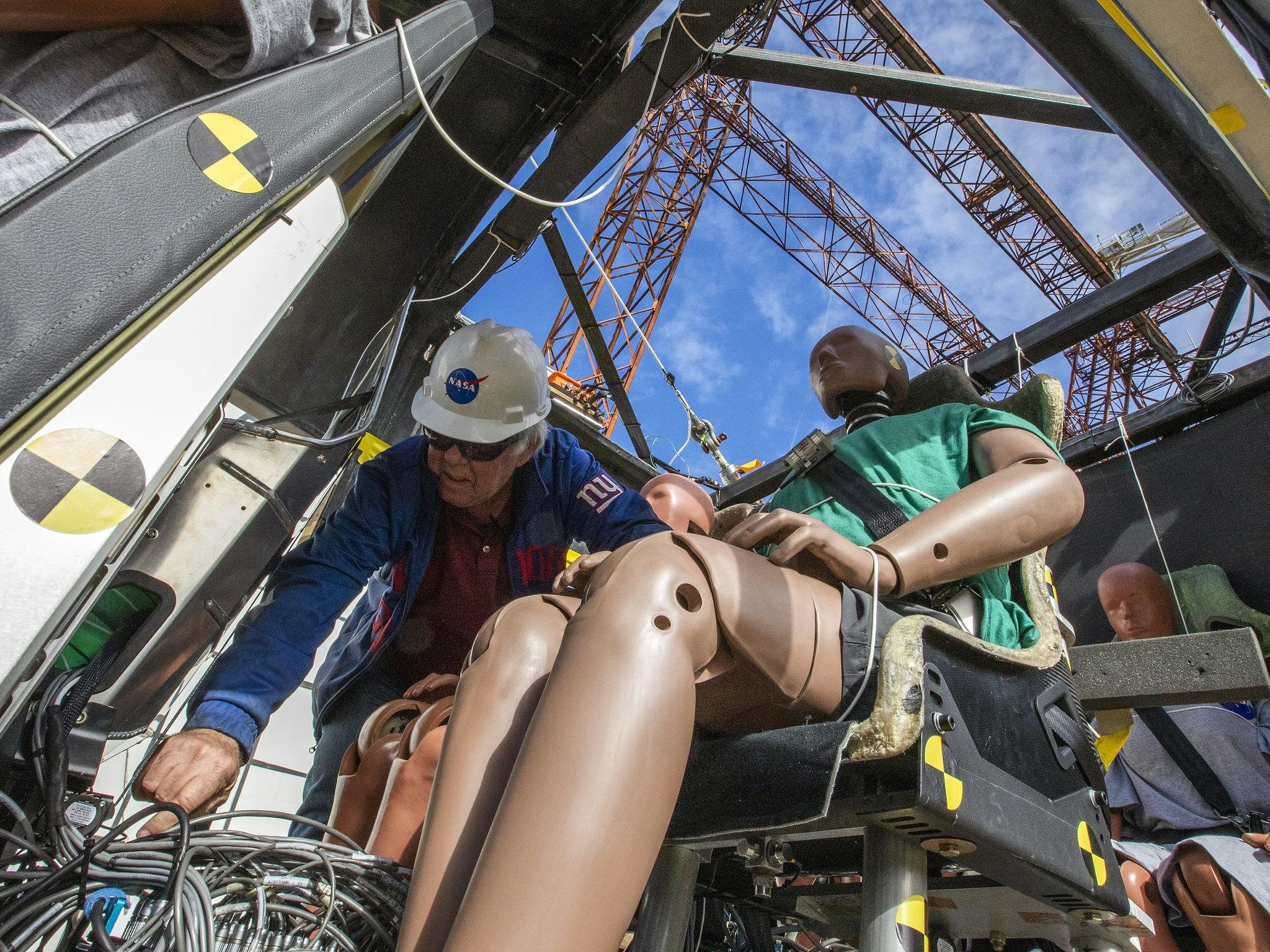
NASA Advances Urban Air Mobility with Critical Air Taxi Drop Test
NASA has recently completed a pivotal drop test of its full-scale air taxi prototype, marking a significant milestone in the agency’s efforts to advance urban air mobility (UAM) and establish safety standards for emerging aerial transportation technologies. The test involved releasing the vehicle from a substantial height to evaluate its structural resilience and the effectiveness of passenger protection systems under crash conditions.
Evaluating Safety and Informing Industry Standards
This drop test is a key component of NASA’s broader initiative to integrate electric vertical takeoff and landing (eVTOL) aircraft into urban environments, aiming to revolutionize commuting in densely populated cities. The agency’s focus on safety is paramount, as the data collected will contribute to the development of industry-wide protocols for crashworthiness and occupant protection. These insights are intended to assist regulators, including the Federal Aviation Administration (FAA), in establishing rigorous safety benchmarks necessary for operational approval.
The challenges facing widespread adoption of air taxis extend beyond safety testing. Regulatory complexities remain significant, with agencies demanding comprehensive demonstrations before granting clearance. Additionally, integrating these new aircraft into existing airspace and air traffic control systems presents technical and logistical obstacles. Public acceptance, particularly regarding autonomous or remotely piloted vehicles operating over urban areas, also remains a critical factor.
Market Dynamics and Global Competition
Reactions within the market to NASA’s air taxi program have been varied. While projections suggest the unmanned aerial vehicle (UAV) market could surpass $90 billion by 2030, skepticism persists among some industry analysts. Past NASA projects have occasionally been criticized for inefficiencies and budget overruns, raising concerns about the agency’s capacity to deliver commercially viable solutions promptly.
International competitors are advancing their own technologies in this space. For instance, China is developing innovative materials such as soft runway technology to support UAV operations, although these developments face their own regulatory challenges. The competitive landscape is further shaped by continuous innovation across the aerospace sector, with industry forums like the Airline & Aerospace MRO & Flight Operations IT Conference spotlighting integrated defense systems and next-generation technological solutions.
As NASA proceeds with further testing and data analysis, the agency is collaborating closely with industry partners and government bodies to address both technical and regulatory hurdles. The outcomes of these efforts are expected to play a decisive role in shaping the future of urban air mobility, potentially enabling safe, efficient, and broadly accepted air taxi services in the coming years.
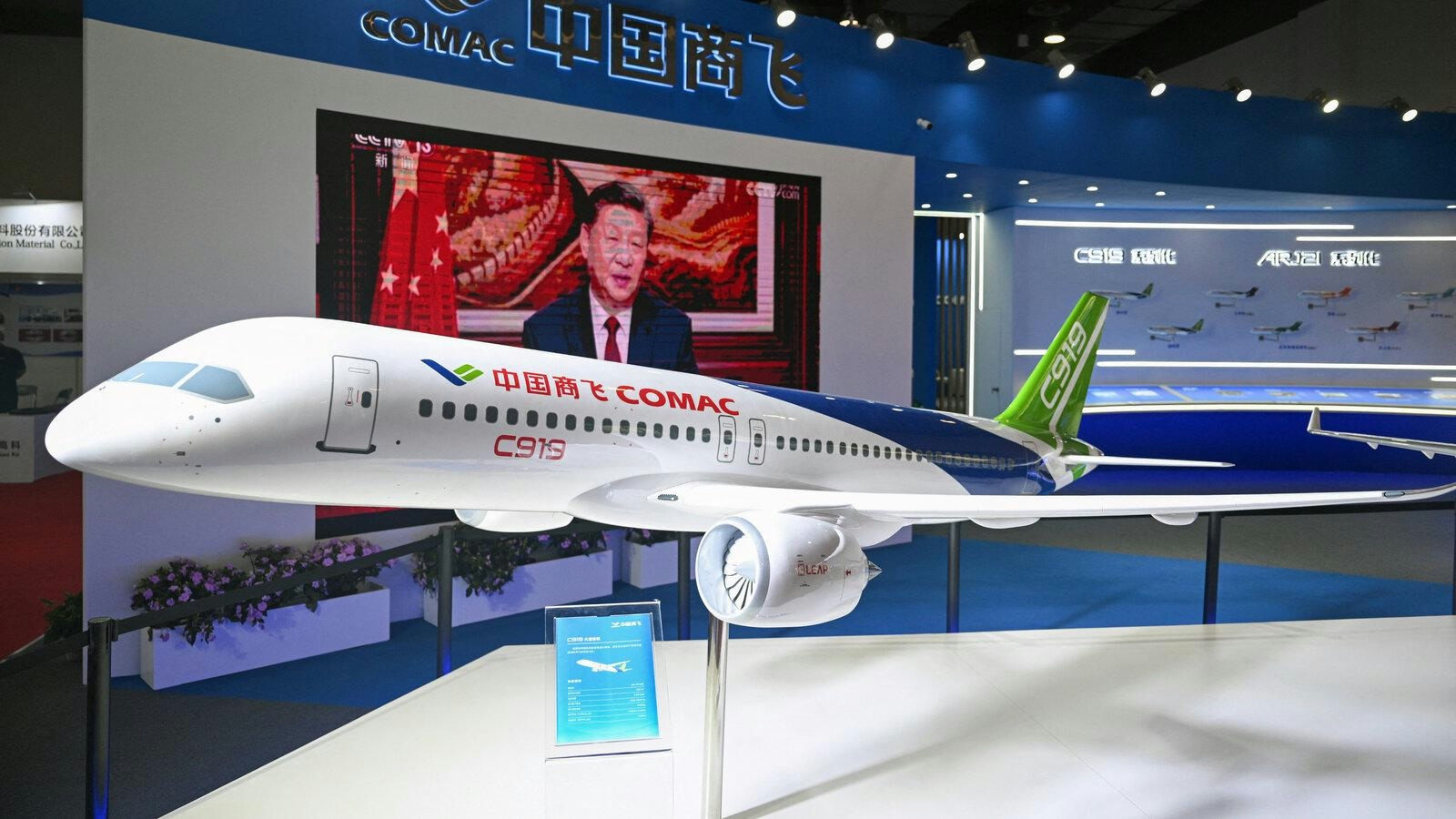
Malaysia Aviation Group Weighs COMAC C919 Amid Delivery Delays

Miami to Host AeroSummit 2026, Highlighting Aviation Innovation
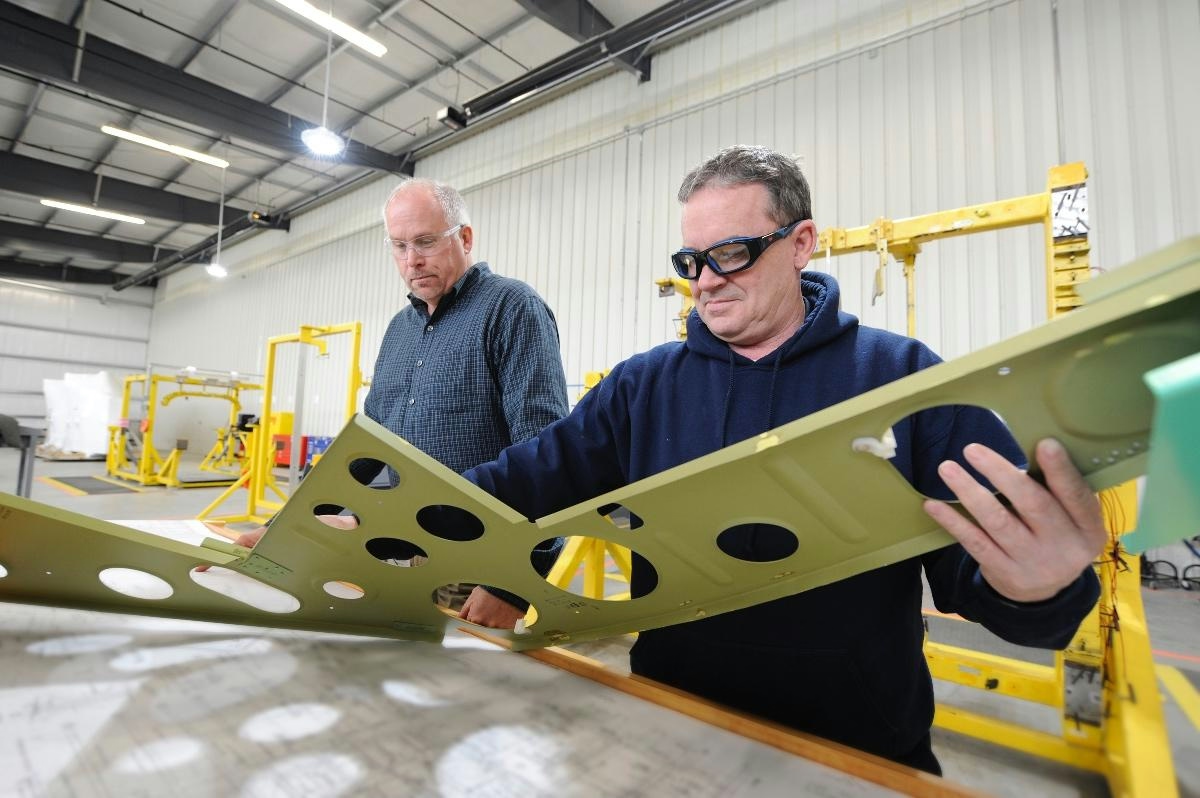
Aloft AeroArchitects Seeks Collaboration with Aviation Industry
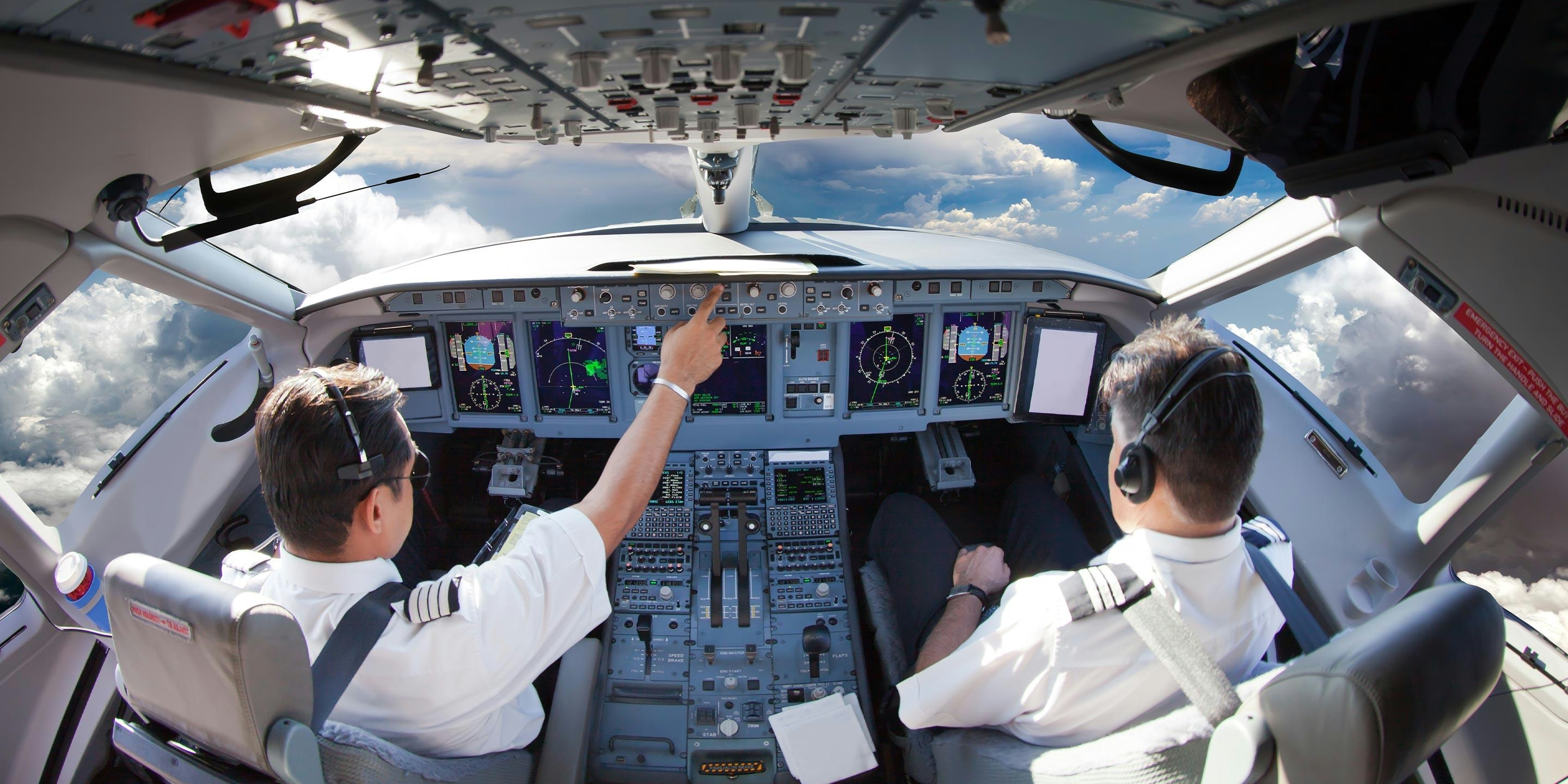
Honeywell Introduces Software to Combat GPS Jamming and Spoofing
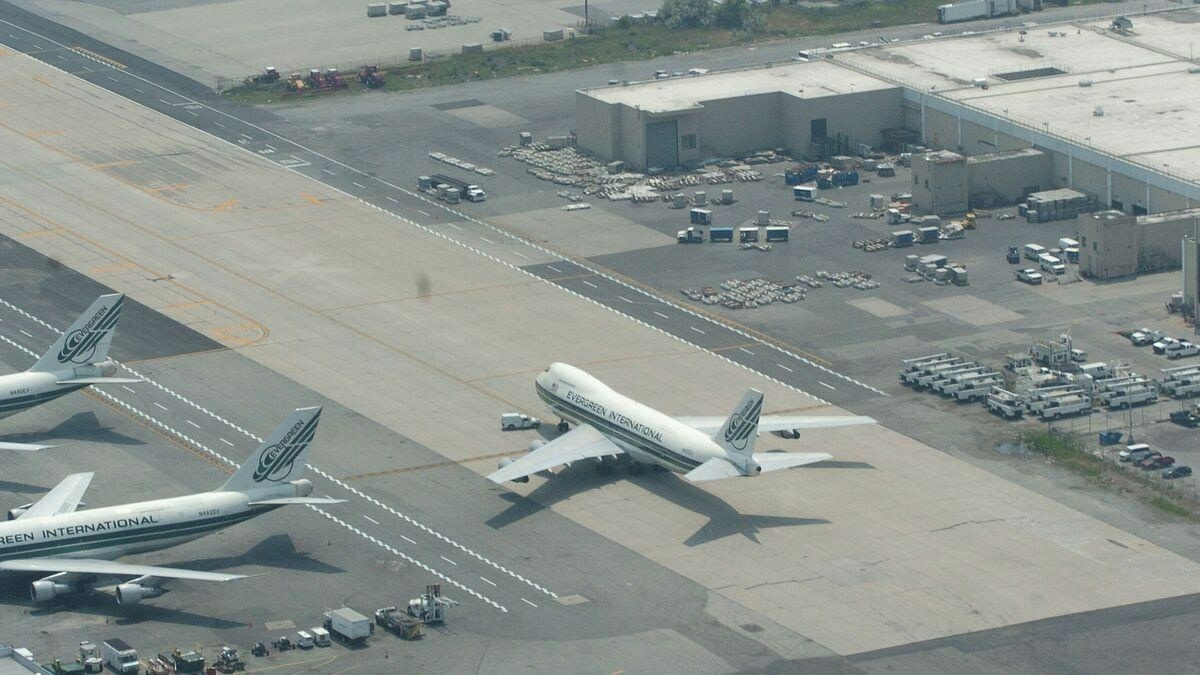
JFK Ground Stop Issued Following Engine Issue on Puerto Rico Flight
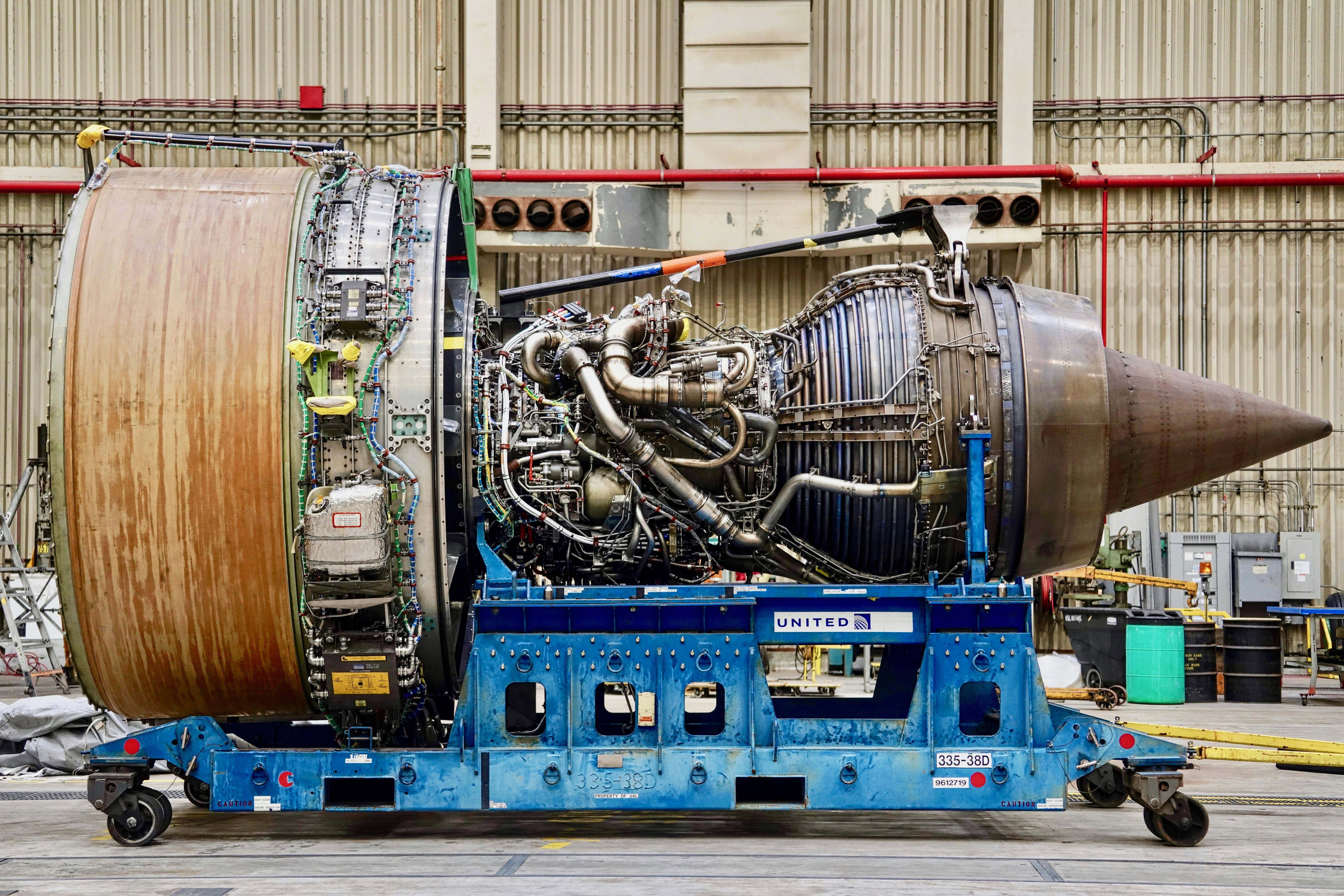
Comparing Rolls-Royce and General Electric Aircraft Engines
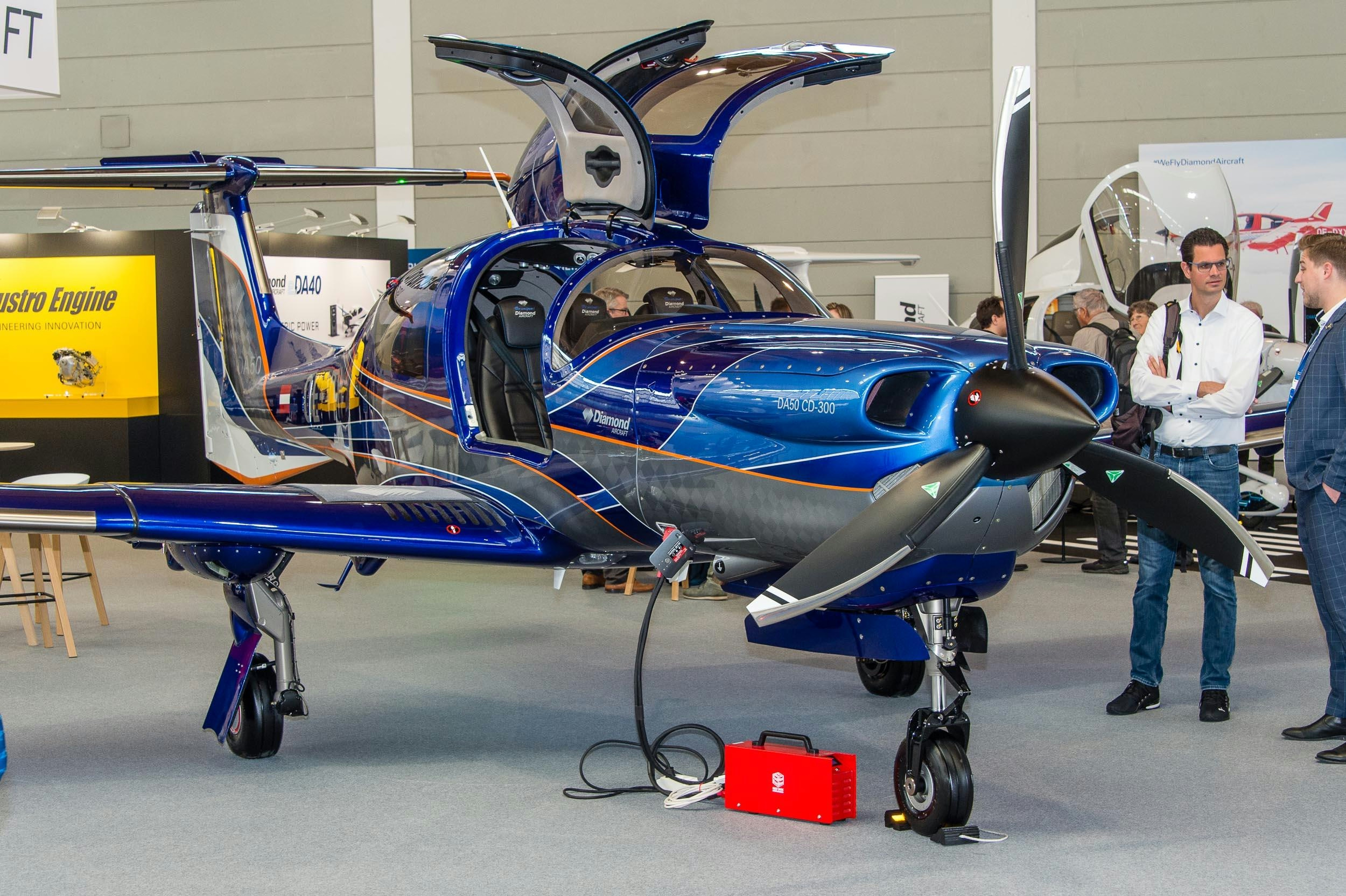
Diamond DA50 RG Receives Transport Canada Certification
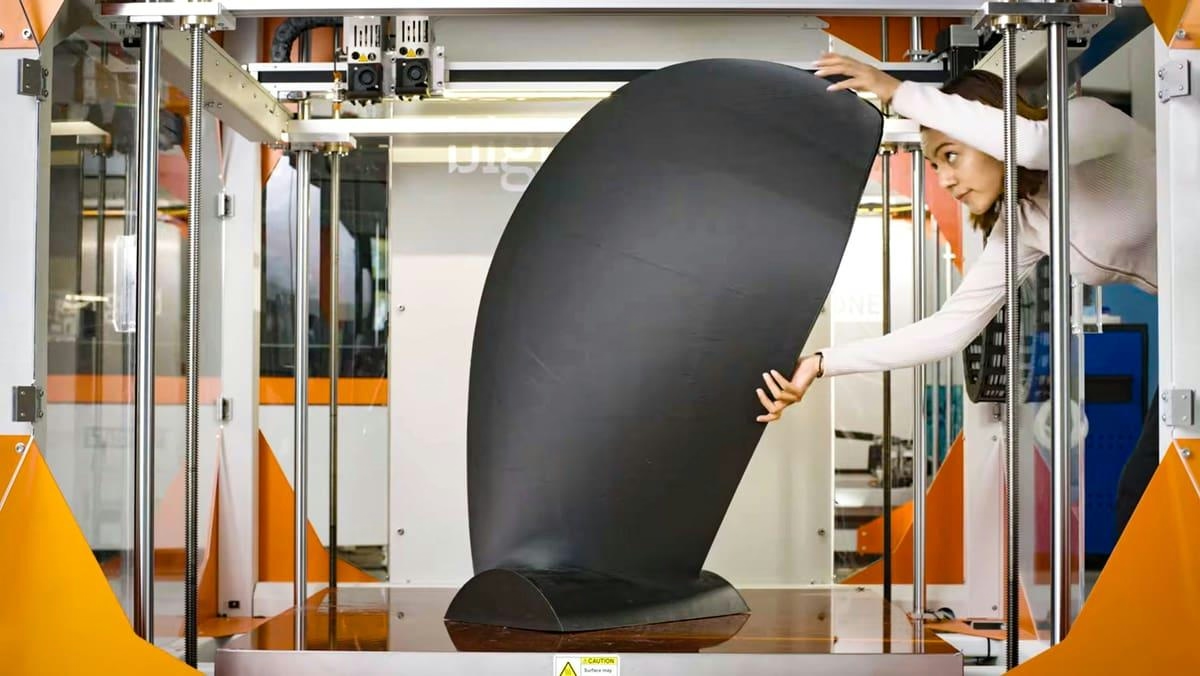
Singapore Advances Aerospace Maintenance with 3D Printing
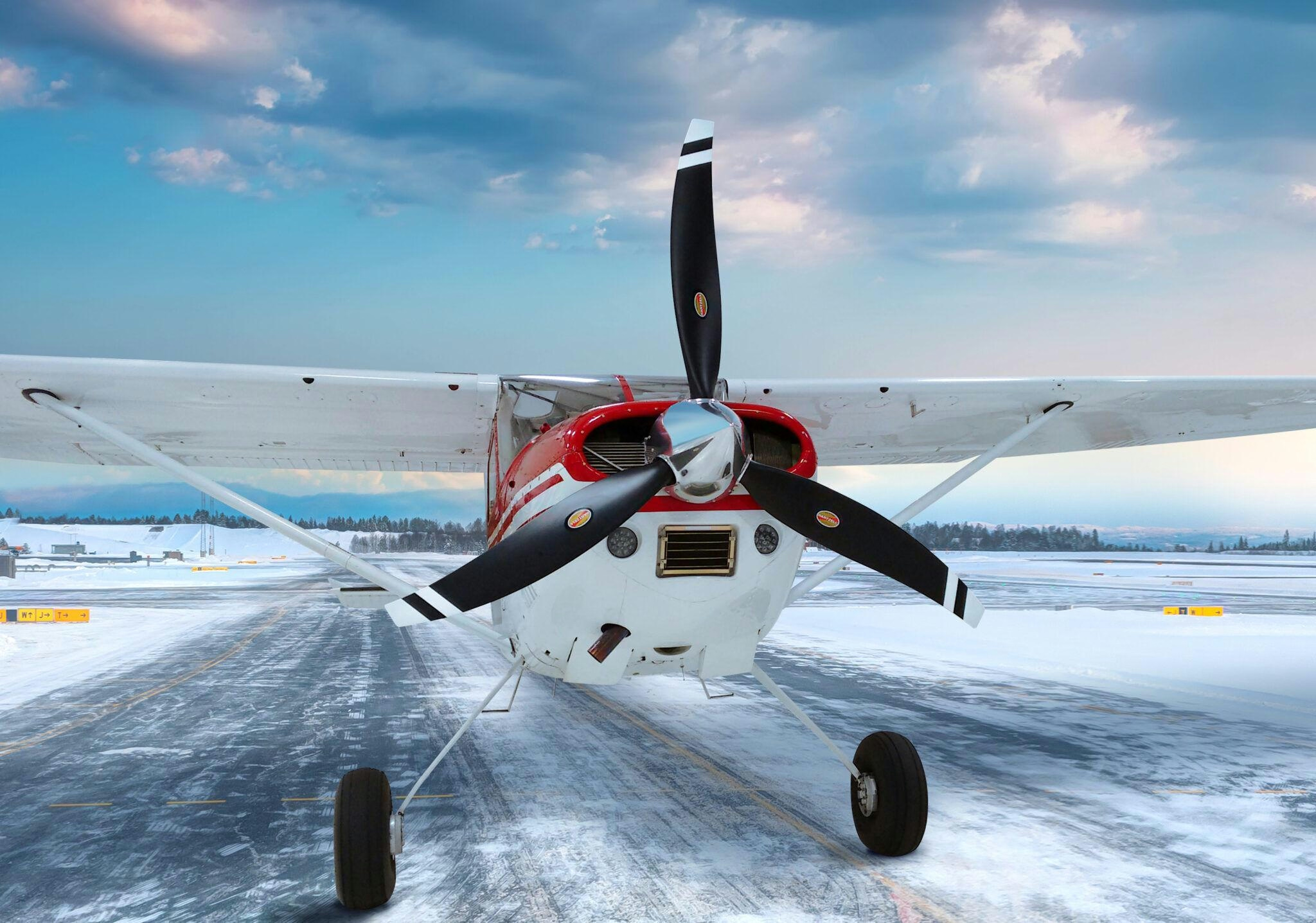
Restored 1960 Cessna 180C Skywagon Highlights Backcountry Aviation
